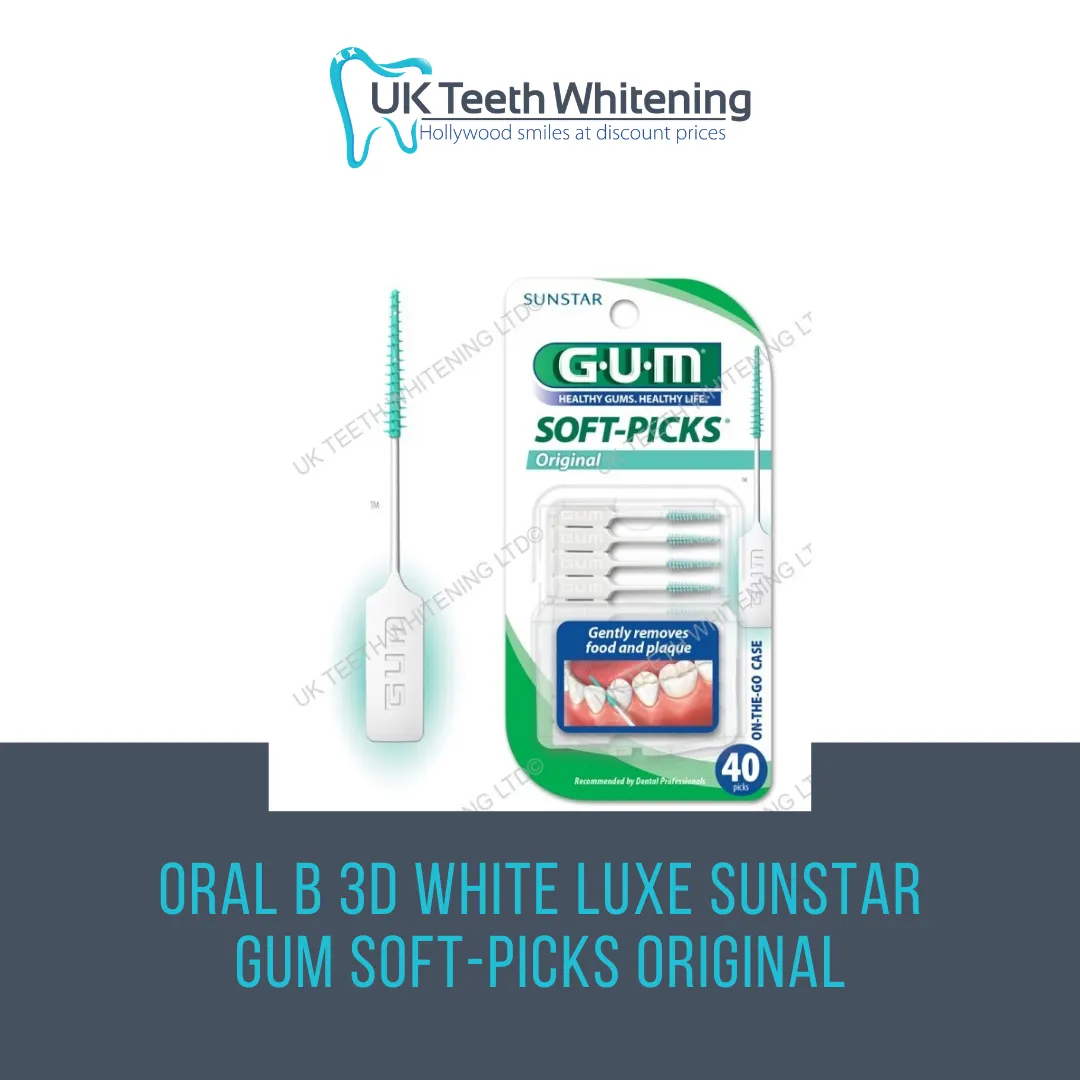Maintaining a bright, white smile is a goal for many. The market is flooded with products promising to enhance the appearance of your teeth, with whitening strips being a popular choice. However, if you have dental crowns, it’s crucial to understand how these products interact with your dental work. This article delves into the specifics of using whitening strips on crowns, explaining why they are generally ineffective and what alternative solutions you can explore to keep your smile looking its best. We’ll cover everything from the composition of crowns to potential risks and effective oral hygiene practices.
What are Dental Crowns?
Dental crowns, often referred to as caps, are custom-made restorations that cover the entire visible surface of a tooth. They are used for various reasons, including repairing a decayed tooth, protecting a weakened tooth, restoring a fractured tooth, or improving the aesthetics of a tooth. Crowns are typically made of various materials such as porcelain, ceramic, metal alloys, or a combination of these. They are designed to mimic the shape, size, and color of your natural teeth, blending seamlessly into your smile. Understanding the function and purpose of crowns is the first step in determining how to care for them properly.
Material Composition of Crowns
The material a crown is made from greatly influences its interaction with whitening products. Porcelain and ceramic crowns, which are frequently used, are porous materials. However, they are designed to be stain-resistant, which means they don’t respond to the same whitening agents that work on natural teeth. Metal crowns, such as those made from gold alloys, don’t stain but also cannot be whitened. Composite resin crowns are also an option; they may be more susceptible to staining than porcelain but are still not candidates for whitening strips. Knowing the material of your crown is essential because it determines its reaction to any cosmetic treatment. (crown-material.webp)
Why Whitening Strips Don’t Work on Crowns
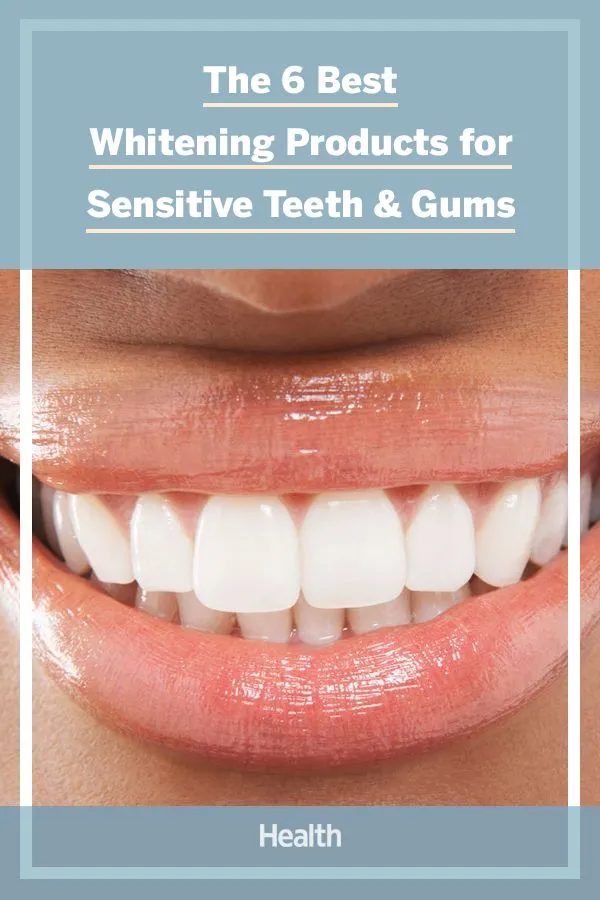
Whitening strips contain hydrogen peroxide or carbamide peroxide, which are bleaching agents that penetrate the enamel of natural teeth. These agents break down the stain molecules that have accumulated over time. However, crowns, especially those made from porcelain or ceramic, are not porous in the same way as natural tooth enamel. As a result, the whitening agents in the strips cannot penetrate the crown to change its color. The crown’s color is essentially fixed when it’s made, so applying whitening strips is often a futile effort that will not make a noticeable difference in its shade. (whitening-strips.webp)
The Chemistry of Whitening Strips
The effectiveness of whitening strips hinges on the chemical reaction between the peroxide agents and the organic compounds that cause tooth discoloration. When applied to natural teeth, these agents break down these compounds, effectively lightening the enamel. The process is most effective when the whitening agents can penetrate the tooth’s surface, a process that’s blocked when the surface is a crown. This fundamental difference in the way whitening agents interact with natural teeth versus crowns is why the strips are ineffective on the latter. The chemistry simply doesn’t match.
How Whitening Strips Affect Natural Teeth
While whitening strips might not affect crowns, they can certainly impact your natural teeth. Over-the-counter whitening strips often contain a concentration of hydrogen peroxide that can cause sensitivity in some individuals. The whitening process can temporarily dehydrate the teeth, making them more susceptible to sensitivity. Moreover, consistent use of these strips, even if you have crowns, can lead to uneven whitening. Your natural teeth will lighten, while your crowns will remain the same color, potentially creating a noticeable color mismatch. It’s important to be mindful of how whitening strips affect your entire smile, not just the crowned teeth. (tooth-sensitivity.webp)
Potential Damage to Crowns from Whitening Strips
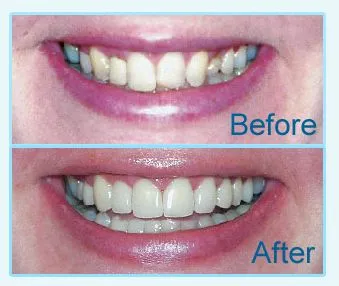
Although whitening strips won’t change the color of your crown, they can potentially cause some surface-level issues. The chemicals in whitening strips are not designed to interact with the materials used in crowns. However, the prolonged use of these products near crowns could, theoretically, lead to surface erosion or changes in texture. Although these effects are typically minor, it’s essential to consider any potential adverse effects and consult your dentist before using whitening strips if you have crowns. Remember that your dentist is the best source of information for your unique oral health profile.
Surface Erosion and Texture Changes
Over time, consistent exposure to the chemicals in whitening strips can potentially affect the surface of some crown materials. Though crowns are designed to be durable, some surface erosion is possible, particularly with certain types of composite resin crowns. Such erosion could lead to a rougher surface texture, which might make the crown more prone to staining from food and drinks. While this is a less common issue with modern materials, understanding the potential risks is important to make informed decisions regarding your dental care.
Color Mismatch Issues
A significant risk of using whitening strips when you have crowns is a color mismatch. As the whitening strips lighten your natural teeth, the crowns will remain unchanged, leading to a noticeable difference in shade between your natural teeth and the crown. This can make the crown appear darker and more prominent, which may compromise the aesthetics of your smile. Therefore, if you plan to whiten your teeth and have crowns, it’s best to consult a dentist to explore alternatives that will produce a uniform result. The goal is to have a consistent shade across all teeth, enhancing your smile’s overall appearance.
Alternatives to Whitening Strips for Crown Care
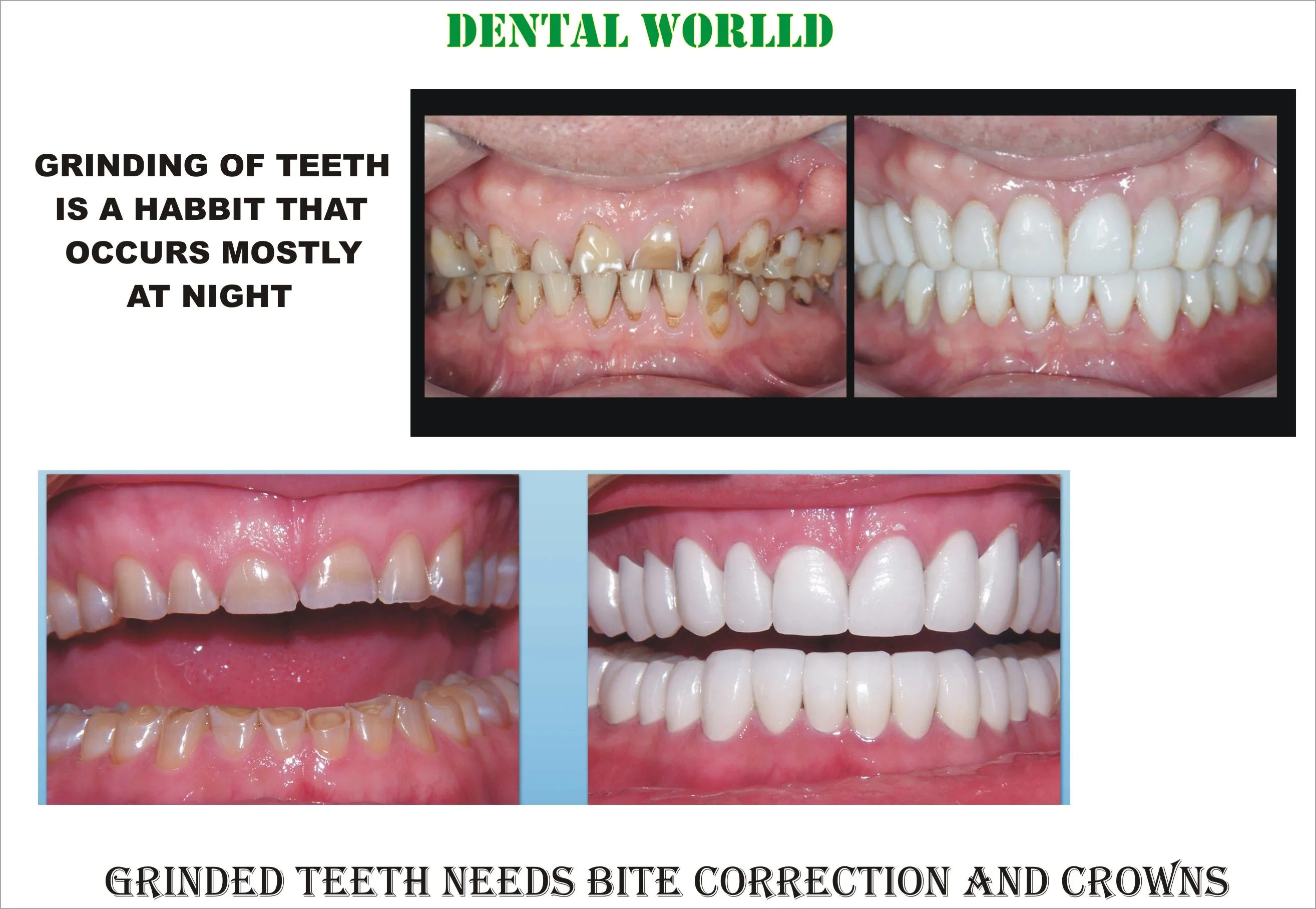
If you’re looking to brighten your smile while having crowns, other options can help. Professional teeth whitening performed by a dentist is often the best solution, as it can achieve more consistent and noticeable results. The dentist can also assess your teeth and crowns to ensure that the whitening process is appropriate and safe. Discussing these alternatives with your dentist ensures you get a whitening solution tailored to your dental work and overall oral health. (teeth-whitening-options.webp)
Professional Teeth Whitening Options
Professional teeth whitening offers several advantages over over-the-counter methods. Your dentist can use stronger whitening agents that penetrate the enamel more effectively. Furthermore, your dentist can monitor the process and ensure that any sensitivity is managed. Some dentists can also provide custom-fitted trays to apply the whitening agent at home, offering a balanced approach to both in-office and at-home care. This option ensures a more controlled and effective whitening experience, especially when you have crowns.
Maintaining Oral Hygiene with Crowns
Regardless of whether you have crowns, proper oral hygiene is essential for a healthy and beautiful smile. Consistent care not only protects your natural teeth but also ensures the longevity of your crowns. This involves the right techniques and a proactive approach to dental health. Adhering to these practices can help you maintain a bright smile and prevent other dental issues, maximizing the lifespan of your crowns. Prioritizing oral hygiene ensures your teeth and dental work remain in top condition. (oral-hygiene.webp)
Proper Brushing and Flossing Techniques
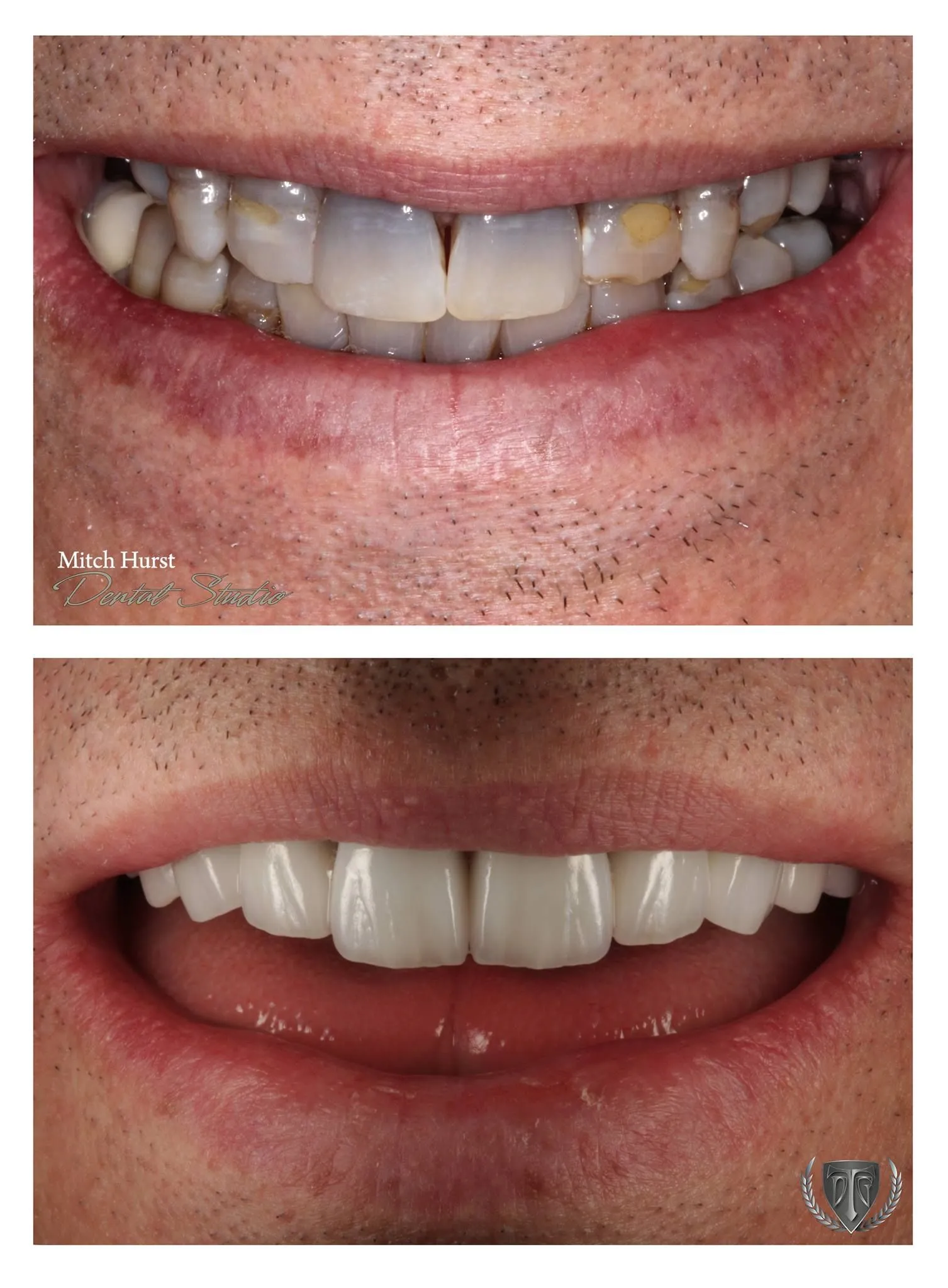
Effective brushing and flossing are the cornerstones of excellent oral hygiene. Brush your teeth at least twice a day for two minutes each time, using a soft-bristled toothbrush and fluoride toothpaste. Ensure that you reach all surfaces of your teeth, including the areas around the crown. Floss daily to remove food particles and plaque from between your teeth and around the crown. Proper technique is crucial to avoid gum irritation and to maintain the health of your gums, which is important for the stability of the crown.
Regular Dental Check-ups
Regular visits to your dentist are essential for the ongoing care of your crowns and overall oral health. Your dentist can assess the condition of your crowns, checking for any signs of damage or wear. These check-ups also include professional cleanings, which help remove plaque and tartar buildup that brushing and flossing may miss. Regular dental check-ups are an investment in the long-term health and aesthetics of your smile, ensuring any issues are identified and addressed promptly.
In summary, while whitening strips are a convenient option for many, they are generally ineffective on dental crowns. The materials used in crowns do not react to whitening agents the same way natural teeth do. It’s crucial to understand the limitations and potential risks associated with using whitening strips with crowns. The best approach is to consult with your dentist to explore professional teeth whitening options and to prioritize consistent oral hygiene practices. These strategies will help you maintain a bright, healthy smile and extend the life of your dental work. Remember to prioritize your oral health and seek professional advice for the best results.
